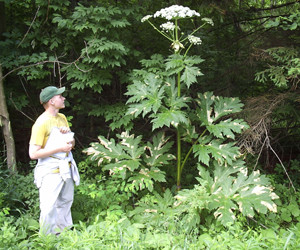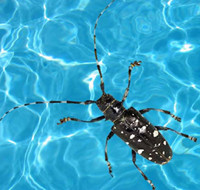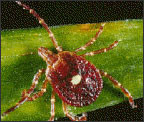Look out for invasive species of L.I.
Immigration may be controversial, but there’s one kind of immigrant that’s always bad: invasive plant and animal species.
Aside from displacing and harming native plants and animals, invasive species damage people and property. Many invasive species — named as such because they are not native to the area and harm the environment, the economy, or people — are found on Long Island and the surrounding area. The Department of Environmental Conservation has a list of these species on its website.
The Asiatic Sand Sedge, scientific name Carex kobomugi
Found on the South Shore – mainly the Rockaways – the Asiatic Sand Sedge takes over the area of natural vegetation. It is a short plant with pointed, rough leaves with serrated knife-like edges – distinguishing it from similar beach plants. The center of the plant has flowers, which sometimes have triangular spiky scales.
It does not hold dunes together as well as the native species do. In fact, it lowers the dunes, which means that hurricanes can do more damage to the shoreline. Hurricanes also spread Asiatic Sand Sedge to more areas – a damaging feedback loop. It has spread from New Jersey to the Rockaways to Fire Island.
“[It’s] not in Nassau county that we know of,” said Steve Young, the coordinator of the Long Island Invasive Species Management Area. Young said the DEC will look for it in Long Beach and Lido Beach on Aug. 21.
Most likely, it came to Fire Island via Hurricane Sandy, as it was first spotted in 2013 – the first season after the storm.
Asiatic Sand Sedge makes the normally sandy dunes “look like someone’s front yard that hasn’t been mowed for a long time,” said Jordan Raphael of the National Park Service.
On Fire Island, the NPS dug it up by excavating the sand and sifting out the sedge. In the Rockaways, there has been an attempt to bury the sedge by dumping sand on top of it, so it hopefully won’t be able to grow and will die off.
It spreads by seeds and roots so it is harder to control said Polly Weingand, the senior soil district technician for Suffolk’s Soil and Water Conservation District.

 39.0°,
Fair
39.0°,
Fair 











